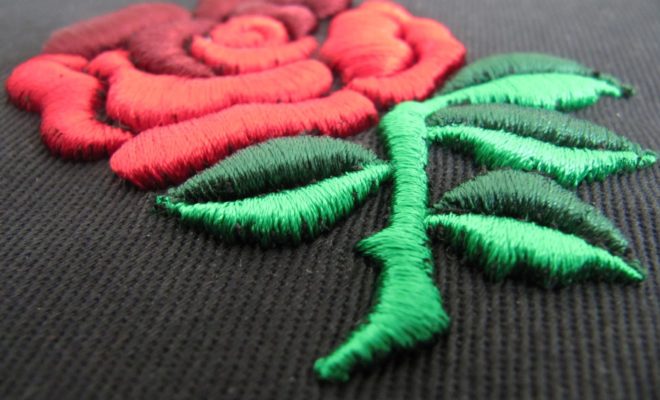What Should You Need To Know About Embroidery Digitizing?

They may be wrong. If you have no digital experience, it is important to hire a embroidery digitizer or outsource digital services. In addition, for complex projects, it is best to digitize manually or outsource to professionals, rather than using automated procedures. Conducting design planning meetings that require digitization will help you prevent mistakes and ensure a better overall design.
But if you want to create one-of-a-kind garments with stretch and soft embroidery, there are many things you need to know, including giving importance to your fabric when digitizing the embroidery. Before digitizing a design, you need to think about what you want to embroider. Choosing the right type of clothing and what you want to digitize is the key to getting it digitized correctly. To begin, you must set the command about the design elements by selecting the appropriate needles, threads, orientation, and sewing sequence.
Set the sequence of needles and threads for your machine and transfer the scanned design onto the fabric of your choice. There are a few steps to get your embroidery machines ready to embroider your company logo or digitized design.
After you’ve mastered the software, learn about stitches, needles, and operating the embroidery machine, you will get the best results of digitisation. Now that you know how a logo is digitized, it’s time to find out how your digitized logo is applied to your clothing.
The process of converting existing graphics into embroidery design files for machine embroidery is known as digitization. By applying stitches to these graphics in the embroidery software, you can run the file on the embroidery machine. Basically, digitization involves redrawing the logo or design in the form of stitches in a specialized embroidery program.
This not only saves time but also an investment in embroidery quality assurance as highly qualified and trained embroidery digitizer technicians perform a full quality assurance check, taking samples of the digitized embroidery. Digitization is the process of converting works of art into embroidery, and the artists who do so are known as, you guessed it, digitizers. Digitizing embroidery is the process of converting a digital file into a design that can be embroidered on a piece of fabric using an embroidery machine.
Professionals can reproduce many designs by digitising embroidery because this technology reduces the drawbacks associated with a traditional embroidery process. There are many highly skilled and experienced embroidery digitizers in the digitizing industry who digitize artwork into embroidery machine compatible files using best-in-class digitizing software that is reliable, reliable and cost effective. You can find a video demonstrating some of the techniques for digitizing embroidery using just about any program you can imagine. Automatic digitizing programs are very helpful when you first start embroidering.
One of these pitfalls is to think that digitization means automatic digitization of machine embroidery. During the digitising process, automatic digitising programmes can make mistakes that are not noticeable until the machine has embroidered the design. This is a waste of time and money because you now have to either digitise the design yourself or pay someone to do it for you.
If all you have is software that specializes in automatically digitizing embroidery designs, you are stuck with how the program interprets these graphics. You must know that both sleeves must be of the same stitch type.
Clearly, you can see that learning to digitise necessitates far more than simply relying on your embroidery software’s automatic digitising features. This is why, before you begin digitising, you should practise your embroidery skills; otherwise, you won’t know what the problem is. You should take the time to learn to digitize, even if you are not doing it yourself.
Select the course specifically designed for your requirement, it will not only teach you the basics of creating and editing your designs but will also introduce you to the basics of embroidery digitization theory, which will help you understand design and what is actually going on under the needle. If you are interested in creating or editing your own embroidery, then my interactive online training on digitizing will be an invaluable resource for you.
In this article, we have mentioned everything that limits you when it comes to digital embroidery; however, digitizing Threads and Arts logos ensure your company designs and logos are perfectly digitized, you can always contact us as we have digitized files for over ten years and have more than relevant experience to avoid any of the mistakes mentioned above. Our core business is still embroidery digitization and we want to do it quickly and right the first time.
Most embroidery enthusiasts use digitized designs from other people and admire the creativity that such designs allow. They purchase their software and believe that because they can create any type of graphic, they can digitise the design for embroidery.
Embroidery machines cannot function without digital designs. Incorrect logo digitization can play an important role in your success or failure when it comes to progressive machine embroidery. You must keep your embroidery machines operational, and the best way to do so is to outsource your designs and spend the time you would have spent digitising and operating your machines elsewhere. Embroidery machines cannot read the same file types as your computer, so you must digitise your logo before the machines can do their work.












